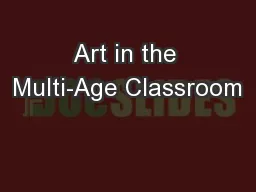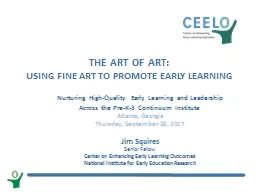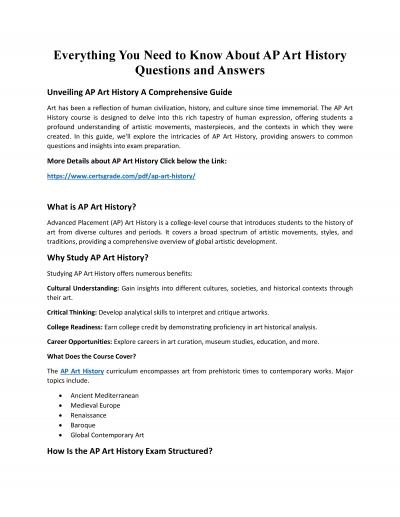PPT-Art in the Multi-Age Classroom
Author : danika-pritchard | Published Date : 2015-11-16
What to do when Art 1 is grades 712 The Problems D espite Art 1 being the first art class students have taken since Elementary School s tudents of different ages
Presentation Embed Code
Download Presentation
Download Presentation The PPT/PDF document "Art in the Multi-Age Classroom" is the property of its rightful owner. Permission is granted to download and print the materials on this website for personal, non-commercial use only, and to display it on your personal computer provided you do not modify the materials and that you retain all copyright notices contained in the materials. By downloading content from our website, you accept the terms of this agreement.
Art in the Multi-Age Classroom: Transcript
Download Rules Of Document
"Art in the Multi-Age Classroom"The content belongs to its owner. You may download and print it for personal use, without modification, and keep all copyright notices. By downloading, you agree to these terms.
Related Documents














